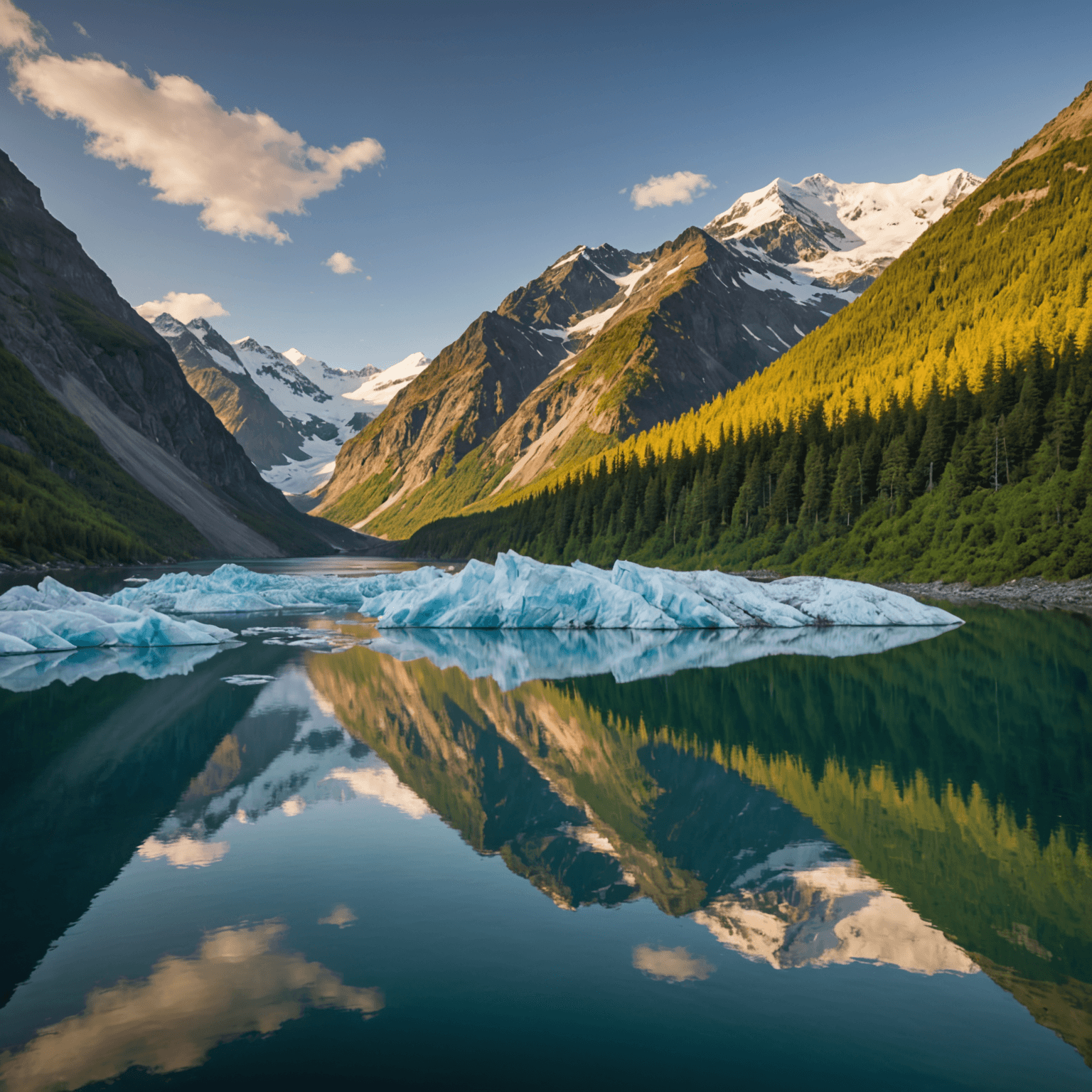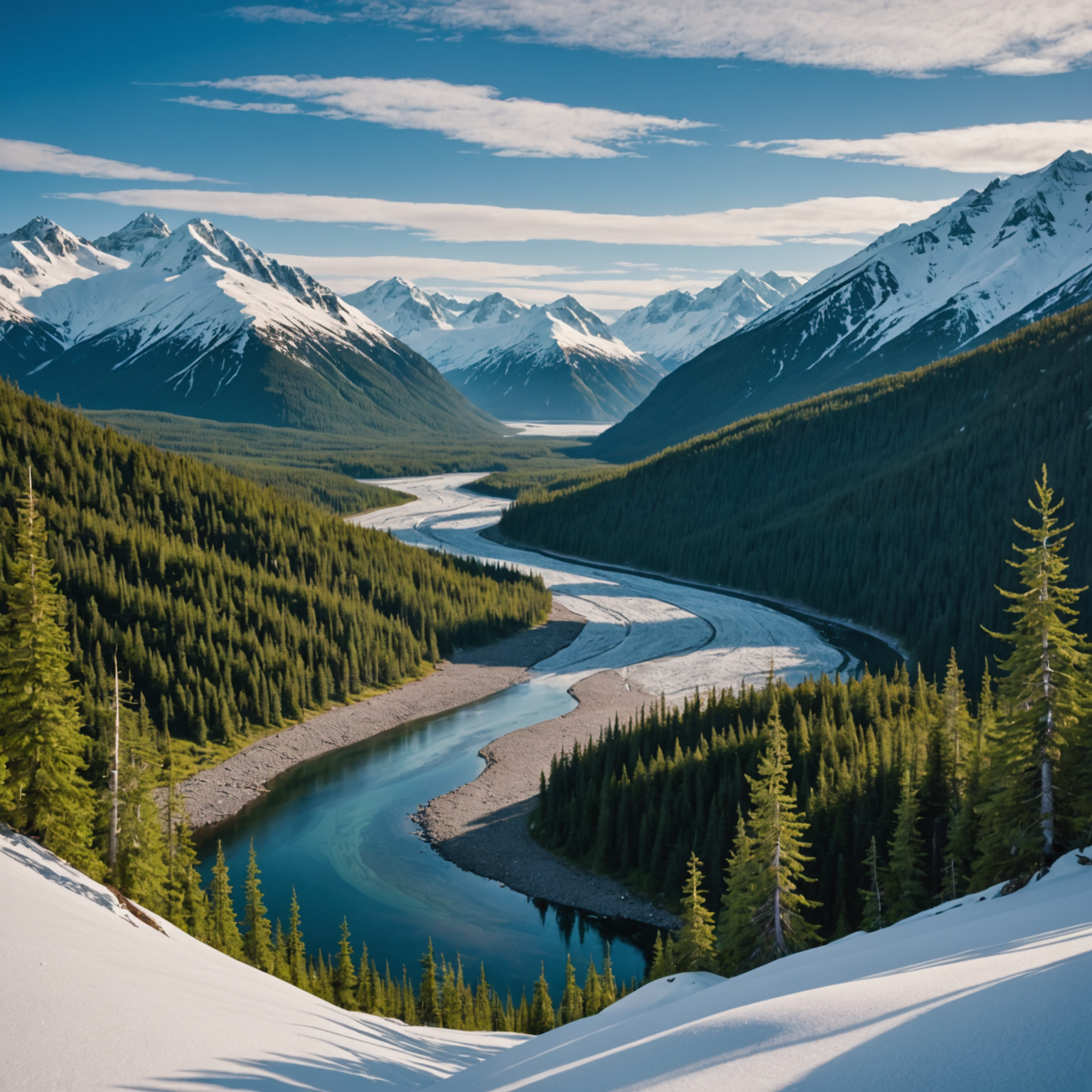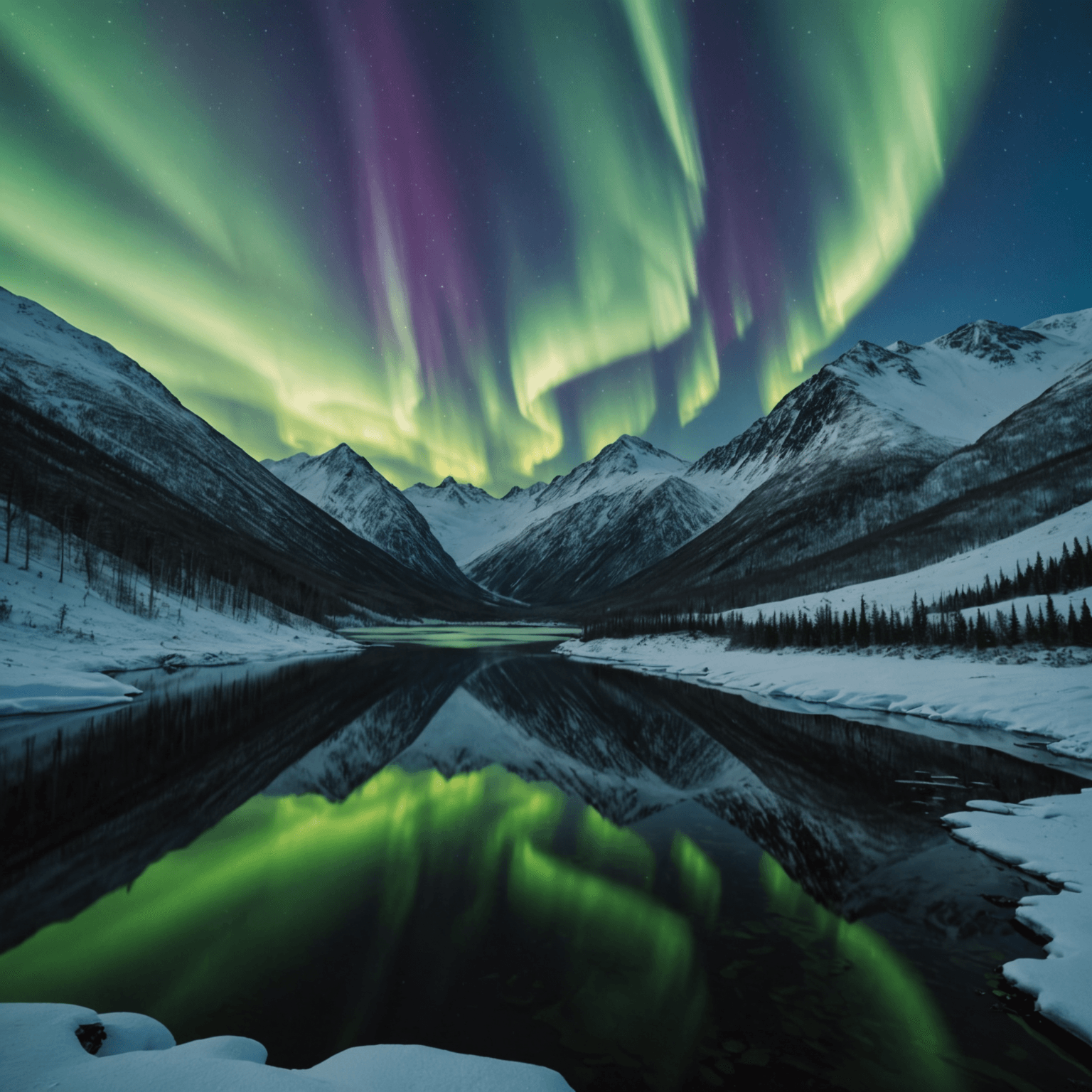Introduction
Alaska, during the summer, transforms into a land of breathtaking beauty and unparalleled adventure. Known for its vast wilderness, stunning landscapes, and diverse wildlife, Alaska offers a unique experience that is best explored in the warmer months. The summer season, spanning from mid-May to mid-September, provides long daylight hours, making it an ideal time to discover the state’s natural wonders. Whether you’re drawn to its majestic glaciers, expansive national parks, or the thrill of spotting wildlife, visiting Alaska during the summer promises an unforgettable journey.
Experience the Midnight Sun
One of the most fascinating phenomena to experience in Alaska during the summer is the Midnight Sun. In areas above the Arctic Circle, the sun remains visible for 24 hours, creating an ethereal glow that illuminates the landscape. This extended daylight not only provides more time to explore but also offers a unique perspective on the natural world. Travelers can enjoy a late-night hike or an evening boat tour without the need for artificial light. The Alaska Summer Tours provide an excellent opportunity to experience this natural wonder firsthand.
Abundant Wildlife Viewing
Alaska is a wildlife enthusiast’s paradise, especially during the summer months. The state’s diverse ecosystems support a wide range of animals, from majestic bears to playful sea otters. Denali National Park, for instance, is home to the “Big Five”: grizzly bears, caribou, Dall sheep, wolves, and moose. The Discover Denali website offers detailed information on the best times and locations for wildlife viewing within the park.
In addition to terrestrial wildlife, Alaska’s coastal regions are perfect for observing marine life. Whale watching is a popular activity, with humpback whales, orcas, and gray whales frequently spotted off the coast. The Alaska Department of Fish and Game provides guidelines for safely observing wildlife while minimizing human impact.
Majestic National Parks
Alaska’s national parks are a testament to its untouched beauty and vast wilderness. Visiting these parks during the summer allows for full access to trails and outdoor activities. Glacier Bay National Park, for instance, is a UNESCO World Heritage Site known for its stunning glaciers and rich marine life. Visitors can kayak among the icebergs or take a guided boat tour to witness calving glaciers. More information on park activities can be found on the National Park Service website.

Another must-visit is Kenai Fjords National Park, where the Harding Icefield feeds into stunning fjords. The Kenai Fjords National Park page provides insights on hiking trails and wildlife tours available in the area, making it easier to plan your adventure.
Outdoor Adventures and Activities
Alaska during the summer is a playground for outdoor enthusiasts. The state’s diverse terrain offers opportunities for hiking, fishing, kayaking, and much more. For those seeking a unique experience, the Eklutna E-Bike Tour combines cycling with stunning views of the surrounding landscapes. This adventure allows visitors to explore the area’s natural beauty at their own pace.
Fishing enthusiasts will find Alaska’s waters teeming with salmon, halibut, and trout. Guided fishing tours, such as those offered by All Ice Fishing Adventures, provide a chance to catch some of the state’s most sought-after fish.
Engaging with Local Culture
Beyond its natural beauty, Alaska boasts a rich cultural heritage. Summer festivals and events offer a glimpse into the state’s history and traditions. The Talkeetna Moose Dropping Festival, for example, is a quirky celebration unique to the region. Travelers interested in local culture might also explore the Talkeetna Chamber of Commerce for a calendar of events and activities in the area.

Conclusion
Visiting Alaska during the summer months offers an unparalleled opportunity to connect with nature and experience the state’s incredible landscapes and wildlife. With endless daylight, a wealth of outdoor activities, and vibrant cultural events, Alaska transforms into a haven for adventure seekers and nature lovers alike. Whether you are hiking through national parks, enjoying a midnight sun adventure, or engaging with local culture, Alaska in the summer promises an experience like no other.
FAQ
1. What is the best time to visit Alaska during the summer?
The best time to visit Alaska during the summer is from mid-June to mid-August when the weather is warmest, and most attractions are fully accessible.
2. Can I see the Northern Lights in Alaska during the summer?
The Northern Lights are not typically visible in Alaska during the summer months due to the extended daylight hours. For aurora viewing, consider visiting in the fall or winter.
3. What should I pack for a summer trip to Alaska?
Pack layered clothing, waterproof gear, sturdy hiking boots, and insect repellent. The weather can be unpredictable, so it’s best to be prepared for varying conditions.
4. Are there any guided tours available in Alaska during the summer?
Yes, there are numerous guided tours available, ranging from wildlife viewing and fishing to hiking and cultural exploration. Check out Alaska Summer Tours for a variety of options.
5. How can I ensure a safe wildlife watching experience?
To ensure a safe experience, maintain a safe distance from wildlife, follow park guidelines, and consider joining a guided tour with experienced naturalists.
6. Is it possible to visit Alaska’s national parks without a car?
Yes, many parks offer shuttle services, guided tours, and public transportation options. It’s advisable to check each park’s official website, such as NPS, for transportation details.
7. What types of accommodations are available in Alaska during the summer?
Alaska offers a range of accommodations, from hotels and lodges to cabins and campgrounds. Booking early is recommended, especially during peak summer months.
8. How do I prepare for weather changes during my trip?
Stay informed about the weather forecast by visiting resources like the National Weather Service Alaska Region and pack accordingly to adapt to changing conditions.


